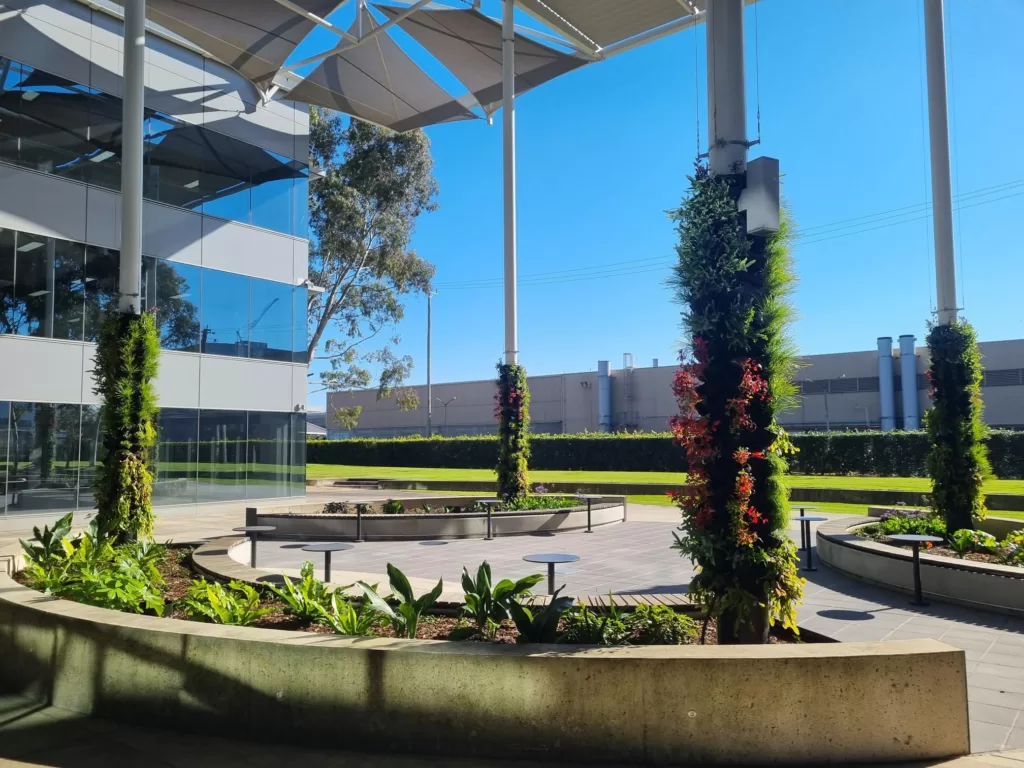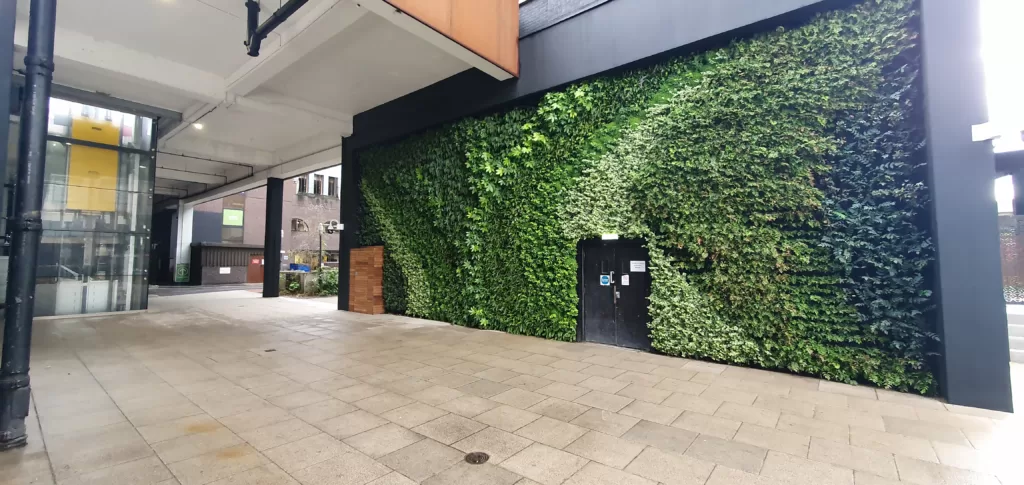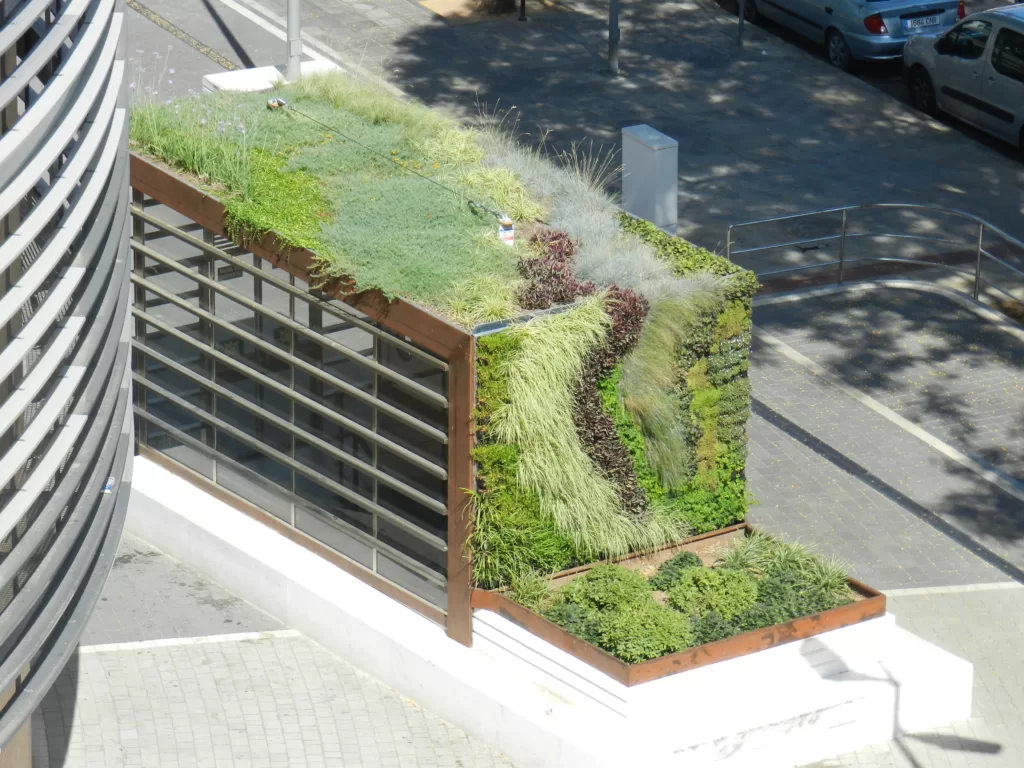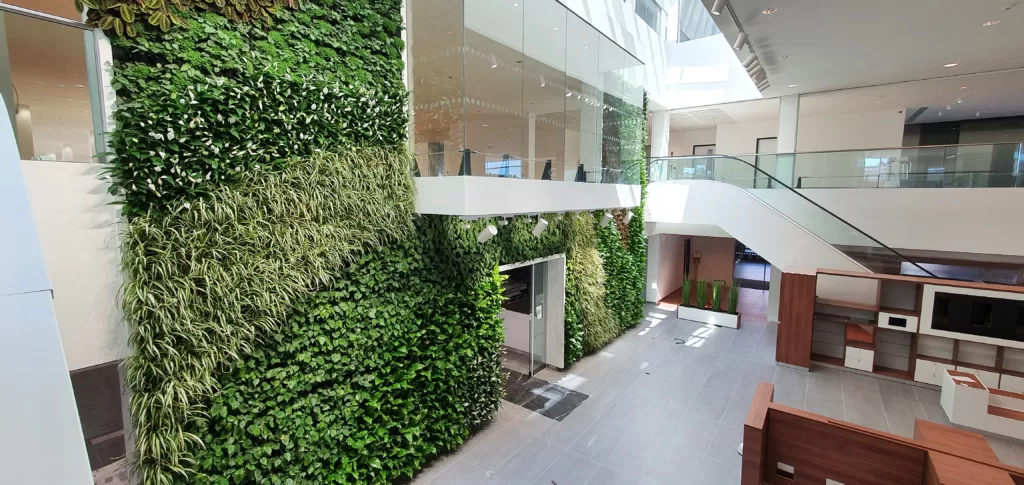Posted by Kristyn Maslog-Levis on Wed, Jun 25, 2014 @ 8:13 PM
Extreme Heat in Oz Could Kill Thousands
The heatwaves in Australia are expected to increase in the coming years, according to a PWC report.
Posted by Kristyn Maslog-Levis on Wed, Jun 25, 2014 @ 8:13 PM
The heatwaves in Australia are expected to increase in the coming years, according to a PWC report.
Posted by Kristyn Maslog-Levis on Wed, May 07, 2014 @ 7:21 PM
An investigation by a research group called The Resilience of Cityscapes, published in the international Biotope City journal, showed that green roofs, living walls, and greened permeable pavements has a multitude of positive effects.
“The impact of green infrastructure on an urban fabric has been visualised by computer modeling tools. The computer model results showed that all tested green technologies provide benefits to the urban microclimate and water storage capacity,” the report said.
It showed that green infrastructure is the solution to the resilience of cityscapes worldwide. The report said there is a huge trend in urbanisation with more than 50 percent of the world’s population now living in cities.
“Two effects of this influx can be observed: the occupied city area grows and
density increases. At the same time citizens request more infrastructure from cities such as public transport, recreation and sewage systems. City planners are challenged to combine the pressure of growth and integration of satisfactory infrastructure.”
The research monitored 14 green roofs, five living walls and nine surface consolidation methods in the city of Vienna to see their microclimatic effects.
Compared to surfaces like plaster or brick, plants convert sun energy into oxygen and air humidity.
“It is assumed that plants ameliorate the urban microclimate (by adding humidity and reducing radiation and wind speed) while regular surfaces
reduce the thermal comfort of cities. Aside from the positive microclimatic effects plants are also able to store water.”
Plants also improve the predicted mean vote (PMV), which describes the human thermal wellbeing. The research tested an urban area in Vienna under different types of “scenarios”. These include the climate scenario, greening scenario, the minimum greening scenario, and the maximum greening scenario.
The tests found that green infrastructure can act as a buffer for climatic extremes.
“By means of computer simulation, the measurements at test sites have been transferred to representative urban typologies of the City of Vienna. To find out, which microclimatic effect could be achieved by green infrastructure, two greening scenarios have been applied on urban typologies and subjected to today’s and future climatic framework conditions. The simulations make clear, that the urban microclimate can be ameliorated by integration of green infrastructure.”
It emphasised that green infrastructure is the “one appealing solution to improve the resilience of cities against climate change”.
“Apart from the microclimatic effects and the positive influence on thermal comfort, green infrastructure provides a broad range of added values: water retention, health promotion and psychological effects (stress reduction), habitat and habitat connection for fauna and flora, biodiversity and urban farming.”
The report also realised the hindrances to the implementation of green infrastructures such as different types of value on facades where some are often protected. There are also things like different regulations in different cities or the fact that most buildings are privately owned and therefore needs incentives for their properties to be developed into green infrastructure.
These are things that need to be overcome as the report also said that just a single green infrastructure would not be effective in the bigger scheme of things. In order to have the full effect of the benefits of green infrastructures in cityscapes, “a combination of different types of green infrastructure and a network of green infrastructure throughout the city is necessary”. 
Posted by Kristyn Maslog-Levis on Wed, Apr 30, 2014 @ 7:14 PM
In the ever-evolving world of sustainable architecture and urban design, the concept of integrating greenery into the built environment has garnered remarkable attention. From vibrant vertical gardens adorning city facades to lush rooftop havens overlooking bustling streets, the incorporation of green walls, roofs, and facades has transcended mere aesthetics, offering a plethora of astonishing benefits. This blog delves into the captivating realm of these living installations, uncovering the ways in which they contribute to environmental, social, and even psychological well-being.
Victoria’s Growing Green Guide, a project by The University of Melbourne, The Inner Melbourne Action Plan and several industry experts, is pushing for green roofs as a more cost-effective alternative to answer heating and cooling needs.
Watch our Webinar with Grant Radbourne to discover the range of advantages using living walls has in your urban environment
The guide provides technical advice on how to design, build and manage green roofs, walls and facades so they can provide multiple benefits over a long period of time.
Speak to our Living Wall Legend Grant Radbourne to help bring your vision to life.

Newly Planted Living Wall Polls
According to the guide, green roofs, walls and facades provide several benefits to the community and its residents. Here are some excerpts from the report:



The good news is that most building surfaces have the potential for greening. It’s just a matter of knowing how to do it properly to get the most benefits out of it.
Posted by Kristyn Maslog-Levis on Tue, Apr 22, 2014 @ 6:57 PM
Years from now, the urban landscape will be a linked “city ecosystem that encompasses parks and open spaces, urban trees, streets, squares, woodland and waterways”.
This is according to a new report called “Cities Alive: Rethinking green infrastructure” by Arup. It says cities should rethink green infrastructure to help create “healthier, safer and more prosperous cities”.
“To realise this vision, green infrastructure has to now take a more influential role in the planning and design of cities and urban environments,” the report said.
Cities Alive is supported by the Landscape Institute and Royal Botanical Gardens of Kew. It says that cities in the future need to look very different from what they are now.
“They will need to address the challenge of rapidly rising urban populations, adapt to the detrimental effects of climate change and provide much more integrated solutions for everything, from energy provision to transport.”
The study has five key points on the future of urban designs. Here are some of the excerpts from the report:
1. Urban green needs to be more than just an aesthetic consideration. It is a fundamental part of an urban ecosystem, which improves social interaction and physical and mental health. Vertical farming may become more popular as urban population grows and available space shrinks. The use of roofs, vertical spaces and basements to grow arable crops could result in shorter, more environmentally friendly distribution routes, healthier diets and fresher foods.
2. Make landscapes work harder, for several end-users and to improve climate change resilience, through a multi-functional design approach. With land at a premium, creating city space for people will call for courageous design. As cities expanded in previous times urban railways went underground – why not underground roads now? Burying key highways will significantly lower pollution, noise, congestion and barriers to movement. This will create huge gains by freeing up city space for people and enhancing the city environment.
3. Designs need to be creative to deliver a green city ecosystem – from both citywide strategic projects to more imaginative uses of space within the layers of the city. Green roofs, walls and facades are likely to become more prominent in cities as we need to exploit and retrofit the layers of the city to find space for recreation and nature. Extensive green networks through the city are the aim of a green infrastructure design approach. Networks can be formed over time to create an encompassing city ecosystem that can support the sustainable movement of people, rebuild biodiversity and provide substantial climate change adaptation.
4. By capitalising on advances in technology to measure the value that nature delivers through ecosystems services, we can optimise the planning and design of urban space to meet future demands. Permeable paving and soft landscape areas will help urgently convert grey to green in future city environments – a simple but vital technology that improves water absorption and slow down rain water run-off. Adaptable public spaces can be designed for multiple functions such as meeting places, markets, entertainment and education places.
5. There needs to be an integrated approach to delivery that links and connects policy to transgress silo-driven cultures and achieve long term benefits. This requires landscape architects to work closely with government, authorities, developers and associated city design consultants. We have to recognise the potential of green infrastructure, but also understand how it can be integrated with other urban systems like energy, transport and resource management. Green infrastructure has to take a more central role in the planning and design of cities.
“Great customer service, quick response times and a very in depth QA system with constant support.”
“Citygreen is a very professional business, and I found everything was great in terms of deliveries, product supply and information. It was all forthcoming and helped us to complete the project.”
“Citygreen offered training and invaluable technical assistance during the works.”
“Our experience, in working with a Citygreen Design Studio was second to none. We found responses from the design studio to be very timely, and technically thorough. We went backwards and forwards a number of times, looking at different iterations of the design and, nothing was too much trouble to examine and explore different possibilities. I would highly recommend the Citygreen Design Studio to any future client considering using your services.”
“We are big on compliance on all projects, and the fact that their SmartCertify cloud platform covers all bases, and supports their 20 year warranties, is critical – especially that these pits are being installed under roadways and footpaths.”
"I reviewed all the previous projects that we have installed in the past couple years using your product and I can happily report back that we have 0% mortality in the soil cells, which is incredible!"